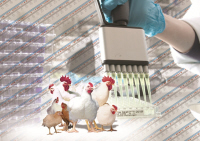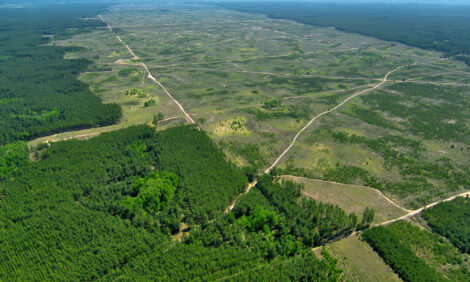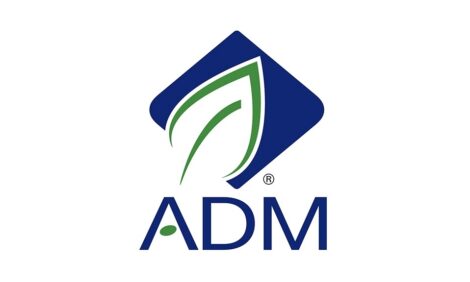



Aviagen Includes Genomics Information
UK - After eight years of sustained investment in unravelling the relationship between the chicken genome and broiler and breeder performance traits, Aviagen has now included genomics information in the routine selection of its elite lines.Genomics information will complement existing selection techniques, adding to the continuous improvement of Aviagen products year-on-year.
Launched in 2004, before the chicken genome sequence was released, Aviagen’s genomics project is concerned with identifying naturally occurring markers within the genome of elite birds and using those markers to help breed stronger and more productive birds through the current selective breeding programme, a completely natural process.
In line with Aviagen’s tradition of innovation and dedication to R&D, this major achievement comes as a result of long term commitment to cutting-edge research and bringing together the expertise of top scientists in the field of genomics and the internal knowledge gained from 50 years at the forefront of breeding.
Santiago Avendaño, Aviagen’s Director of Global Genetics, said:
“Genomics is studying naturally occurring variations in DNA to help with breeding decisions in our elite lines. The use of genomics information will further strengthen our tradition of incorporating R&D for the improvement of our broiler products - a stronger, fitter and healthier bird which is able to resist disease and deliver predictable performance wherever it is placed.

Genomics information can be used to improve all traits in the breeding program including live performance, critically feed conversion rate, health, disease resistance and welfare. In addition to the observed and measured performance of our birds in a range of environments, we can now see at the genetic sequence level the unique qualities of each bird. This is especially important for attributes for which there is a limited amount of individual record of performance at the time of selection, like sex-limited traits. For instance, in the past we have been able to make a prediction of the genetic potential for egg production or hatchability of a male selection candidate based on the qualities of its family, but without individual records it is not possible to differentiate birds from the same male and female parent. With genomics we can now see exactly what the genetic configuration of each bird is and what has been inherited from its parents. By utilising this unique insight from our birds, we can make even more accurate selection decisions in order to improve all aspects of the bird’s performance at every generation.
For reproductive traits our comparisons with conventional selection methods indicate that we can achieve between 30 per cent to 50 per cent extra genetic progress through increased selection accuracy which is very good indeed for relatively low heritable traits. It is important to say that genomics selection will not replace traditional selection, but will add a novel source of information that will further enhance accuracy of selection. Essentially, it is like extending the statistical equations we currently use to predict genetic values to give us the most accurate picture of the genetic potential of our birds.
We have been working on Genomics for a long time and wanted to ensure the accuracy and effectiveness of the information being generated before implementing this technology into our breeding programmes. As the project developed so did its objectives, and the sheer scale of the initiative. A good example is in the increase in the number of DNA markers we reviewed. Initially we started off with 6,000 and by 2012 this number had increased to 600,000, adding time, cost and complexity to the project, it has also meant that the results are much more accurate and will have a greater impact on performance.
We have worked with a broad number of leading external experts in the field of genomics from all over the world who have helped us immensely in getting us to this stage and we are hugely grateful to all for their inputs and advice.”
Genomics selection has been in use within Aviagen since June 2012 and it will take some years before the benefits are felt in the wider industry. Typically for fitness and reproductive traits expressed at the parent stock level, the lead time is between 3 to 5 years for the traits to be expressed and at the broiler level this period is between 4 to 5 years. Customers will see the benefit of genomics information for Aviagen products from 2016 for reproductive traits and from 2017 for broiler attributes.









